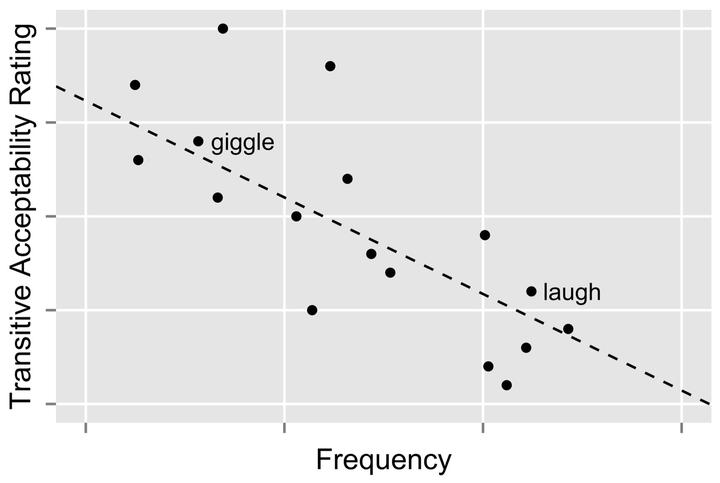Statistical preemption

Abstract
Preemption is one of two hypotheses (the other being entrenchment, described below) that claim that children learn grammatical constraints via pragmatic inference from observed distributional patterns of word use in adult speech. Grammatical constraints are restrictions on productive morphological and syntactic patterns–for instance, knowledge that mouse cannot participate in the -s pattern of plural inflection (*mouses), or that adjectives like asleep disprefer being used before the nouns they modify (e.g., * the asleep duck…; cf. the duck that’s asleep…). Adults obey constraints of this sort, whereas children go through a stage in which they do not. An explanation of how grammatical constraints are acquired is thus a necessary component of any complete theory of child language development.